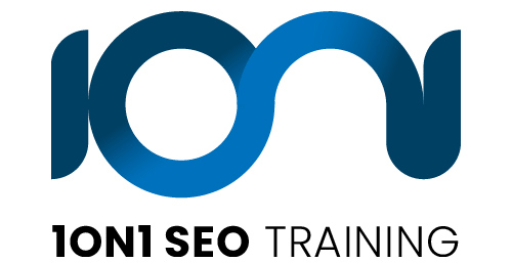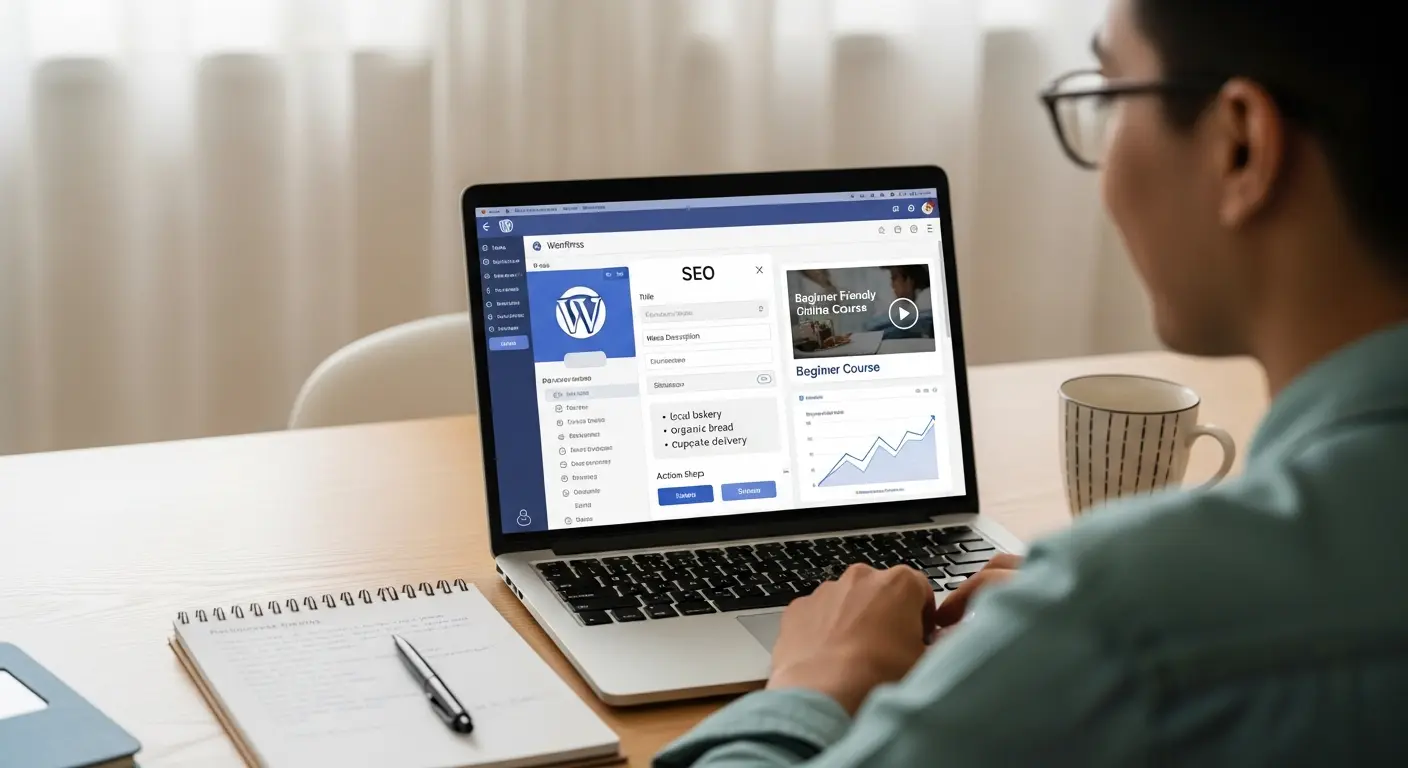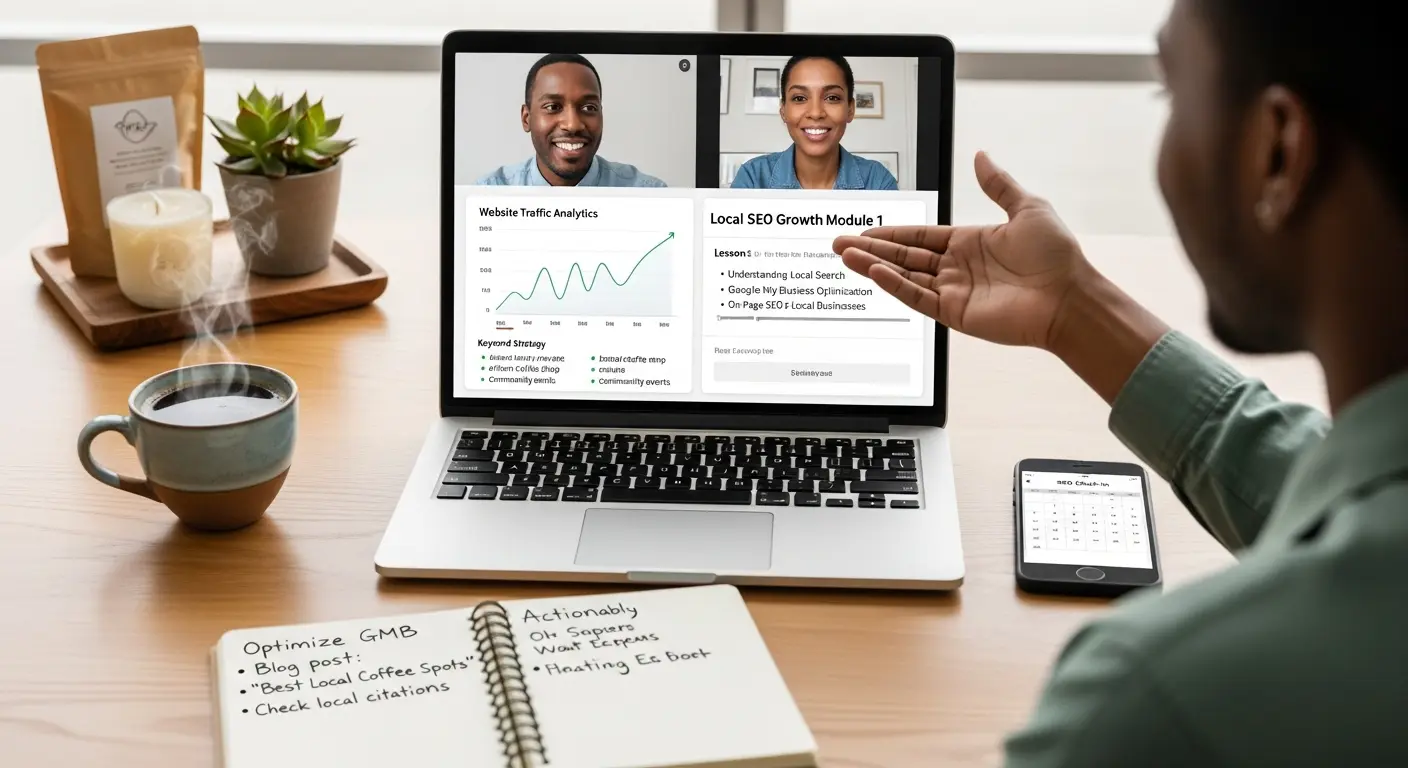If you know anything about websites and digital marketing, you’ve certainly heard that you should have a blog for your site. The problem is, having a blog post can be intimidating, as it often requires a lot of work and regular upkeep. Some people say they don’t have the time to maintain a blog for their business. Others say that they don’t know what to write about, or that blogging doesn’t apply to their industry or business category. As a one on one SEO training company, we’ve heard every excuse in the book. However, blogging remains just as relevant to online marketing as experts were already advising years ago, if not more.
Blogging is actually one of the best ways of online promotion, I wouldn't be doing it myself it it wasn't working. But you have to know how to do it right. And to monetize on the investment that of time or money blogging requires, you need to plan, manage, and continue your efforts.
As a business owner, you do not need to personally write each of your blog posts, but you should be in charge of the overall content, what keywords to focus on, and what success means. Once you create and oversee your blogging strategy, you’ll have a valuable tool to achieving your marketing goals and promoting your business.
We have created a guide on how to develop a successful blogging strategy and create good blog posts for your business:
Step 1: Define the goals and purpose of your blog
The first step to creating your business blogging strategy is having a clear idea of your blog’s purpose and setting goals that align with this purpose. You should also have a clear understanding of how your blog fits in as part of an overall business strategy and as an asset for achieving larger goals.
Ensure that your blog fulfills a purpose and conveys a real message to readers – it should be a resource, not a place to store random or purposeless content.
Step 2: Define your target audience
Define who is your target audience, research their interests and behavior, and determine how you can serve their needs. The more you offer readers what they are looking for, the more they will see you as a trustworthy source of information and eventually become your customers.
You will need to focus your future content on your niche audience, considering factors such as age, gender, location, occupation, education. Remember that the better you define your audience, the better your blog will act as a conversion tool.
Step 3: Define keywords and target them appropriately
Keywords are so important for blog posts. Just like in your regular website content, using the proper keywords will improve your SEO. And since space on your website is limited, your blog is actually the perfect place to use new keywords that are of lesser priority, reinforce existing keywords, or use more niche keywords. This is because your blog, as part of your website, gets crawled and indexed, too.
Step 4: Create the proper content
A good blog post is enticing, relevant, and valuable to your target audience. People want to read articles that spark their interest, are informative and allow them to learn, help clear up their confusion, or provide insight into an industry. It is also important to update content regularly. Many SEO experts advise uploading blog posts twice per week, however this should be determined primarily based on your ability to commit and generate good posts. Uploading posts two times per week is useless if the posts don’t offer insightful and compelling content. A rule to live by is quality over quantity: better to have fewer posts but have them be purposeful. It also isn’t very helpful to upload several posts per week for some time, and then go months without generating anything – this is inconsistent and confuses readers. If you have a lot of posts to publish at any given time, space them out and keep them; you can even schedule publications or backlog them on the back end of your WordPress site.
Here are some tips for creating good blog posts when it comes to the content:
Include good visuals and video content to attract attention
Have good headlines that include the right keywords
Use your voice and personality, adapted to your business and audience
Add tools for the novice and customer such as instructional videos and testimonials
Step 5: Use social media as a promotional tool
Promote content on social media, where you can showcase your brand and potentially attract a large number of customers. Moreover, this promotional strategy is free, so there is really nothing to lose by sharing your blog posts on every form of social media possible. Make sure you create a post on Google My Business also and link back to the original article on your website.
The most important thing to keep in mind about promoting content on social media is that you need to be active. Engage with people with your every post. Ask questions, encourage feedback, try to get readers to share ideas, and also take the time to respond to these interactions to show them that you care and value their opinion.
Step 6: Include links within your posts
Links from your blog post to other important pages of your website are like votes in Goggle's eyes, they strengthen the authority of those pages. Adding a link to those pages using a keyword like I have done within this posts helps even more. You don't want to get all spammy with those links though and you should mix them up with related terms. Try and limit the number of links going to other websites unless you don't mind giving them your "vote".
The links within your blog content towards the top is more powerful than a link in the footer, and you don't want to have too many of them either. Since this post is more than 1300 words 4 links within are ok. A 500 word post should only have one or two links. Backlinks are a very important factor and many people don't understand the concept that easily. If you end up signing up for our SEO classes we will definitely be talking about them on many occasions.
Step 7: Measure your performance
Last but not least for a successful blogging strategy is measuring your blog’s performance. A strategy isn’t worth anything if the follow up analysis and measuring of results doesn’t take place. Determine if your content is meeting expectations and providing results. Some of the best metrics for these valuations are traffic, shares, likes, follows, email subscriptions, backlinks, and comments. Also refer to the visits to the blog, as the number of people who have read your content is a key indicator to how successful the post actually is. With this information, you can understand which blog posts are successful and analyze why; then adapt future plans accordingly.
Above all else, the number one most important metric for blog posts is the leads metric. For example, a post might not have that many visits, but still have a very high percentage of leads. This is better than having more visits, because it means the post was truly successful in getting your brand exposed to the readers (however many or few they may be) and getting them to the products or services you offer on your site.
The Takeaway: A Successful Blogging Strategy leads to a Successful Business
Ultimately, your blog can either make or break your website. Use it correctly and it can get you a lot of additional website traffic and customers; neglect it and its effect will be null or even hurt your website if you are blogging about things that are off topic. Important pieces of the puzzle include having a clear purpose and goals, knowing your audience, using the right keywords, creating the right content, promoting on social media, GMB and measuring performance. Our online one on one SEO training services offer guidance on blogging for businesses and more so that you can learn how create a successful blogging strategy and make most out of your website for SEO and digital marketing purposes. Contact us today to get a free sample SEO class.




